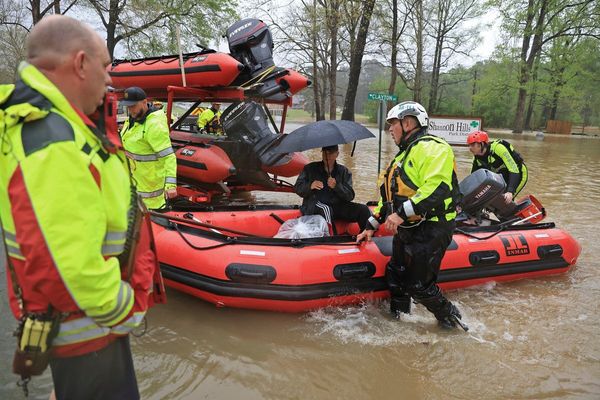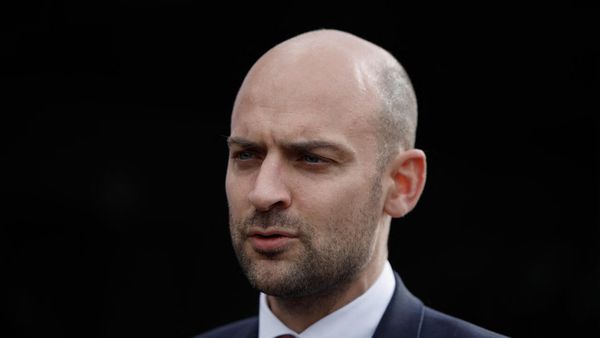
Mumbai: Almost one-third of Maharashtra faces drought-like conditions for at least two of every five years, but the watershed development programme focused on the creation of decentralized water storage has never been high on the state government’s agenda.
Chief minister Devendra Fadnavis’s government, which assumed office in October, is making an effort to change that. It has undertaken a massive watershed development programme called Jalayukta Shivar (farm full of water) in 6,000 villages across the state and has set aside Rs.5,000 crore for the project.
The Maharashtra government is hoping the new initiative will help end farmers’ suicides in the state. In the calendar year 2014, 1,250 farmers killed themselves because of agricultural distress; in 2015, at the end of April, this figure was 387.
The state government is also hoping that decentralized water storage will not only ensure crop survival during the long breaks between two spells of monsoon rainfall, it will also help farmers engaged in rain-fed farming to plant a second crop during the rabi (winter) season.
The average area under rabi crop in Maharashtra is less than one-third of the kharif (monsoon) crop. According to the economic survey for 2014-15, while the area under cultivation in the kharif season was 14.58 million hectares (ha), area under rabi crops was just 4.13 million ha..
The Comptroller and Auditor General (CAG), in its report for the financial year 2011-12, pointed out that despite spending Rs.70,000 crore on various irrigation projects in the preceding decade, the state’s irrigation potential had increased by just 0.1%, which highlighted how Maharashtra’s irrigation sector had been driven by a contractor-politician-bureaucrat nexus.
Even if this money had been well spent, because of geographical limitations, the area under irrigation in the state could only have doubled from the present 20%, which still leaves 60% of cultivable area vulnerable to vagaries of the monsoon.
“We were always clear about the fact that traditional method of flow irrigation won’t be sufficient to solve Maharashtra’s water woes; we need to have a decentralized approach towards irrigation and we were also clear about the fact that we wanted to drive Maharashtra’s irrigation sector by people-centric policies and not by a contractor-specific one,” Fadnavis said in an interview.
Fadnavis has made the project a personal mission; he spends at least two days a week in the hinterland, overseeing work on the ground and holding review meetings with the district headquarters. He has so far toured 16 out of 37 districts in the state.
“I can monitor the progress of a project by taking review meetings in Mumbai also, but the visit by the chief minister and pat on the back by the chief minister not only encourage villagers from that particular village, but also brings enthusiasm about the scheme in neighbouring villages and keeps the government machinery on toes,” he said.
The most important feature of the scheme is the people’s participation, with the government playing only a supporting role. The villagers themselves plan, fund and execute the project. This makes the scheme cost-effective.
Under the scheme, people decide what kind of irrigation structure their village require. Gram sabhas (village councils) approve the plan and budget for the scheme; the people themselves raise a part of the financial resources, they also contribute through physical labour. The state government contributes a part of the funds or helps villages to raise money through corporate social responsibility (CSR) initiatives.
“If one has to create storage capacity of 1,000 million cubic metres (TMCs) using traditional methods of irrigation, then cost varies between Rs.300 to Rs.325 crore but one can achieve similar results in one-third of the cost in watershed management programme with the people’s participation,” said Prabhakar Deshmukh, secretary in the water conservation department.
Transparency is another feature of the programme. “We are uploading photographs of work sites before the work, during the work and after the work and technology is also being used to keep tabs on progress,” Fadnavis said.
“These photographs are uploaded on the website created by the government and can be seen by anyone. Though we are trying to keep intervention of contractors at a minimum level, for some works, especially for earthmoving work, we need to take the help of contractors. But we release payment for contractors only after the gram sabha approves both quality and quantity of work,” Fadnavis said.
Work is now underway in 6,000 villages and the government plans to add another 6,000 villages after the monsoon; over five years, it plans to cover 30,000 villages in the state.
“The people’s participation is the best thing that has happened to this scheme; otherwise we all know how government schemes are designed and implemented,” said Vishwambhar Choudhari, a close associate of activist Anna Hazare. Choudhari is known for his work in watershed management in the village of Ralegan-Siddhi. “The people’s participation will help to keep corruption in check.”
“One must congratulate the government for involving people in the scheme. However, we have seen such watershed development schemes do not sustain over a long period of time unless one gives equal importance to water management also,” said Parinita Dandekar, associate coordinator for the South Asian Network on Dams, Rivers and People, a non-governmental organisation,
“If one starts using newly created water storage for water guzzling crops like sugarcane, then a few years down the line, once again we will be staring at water scarcity.”







